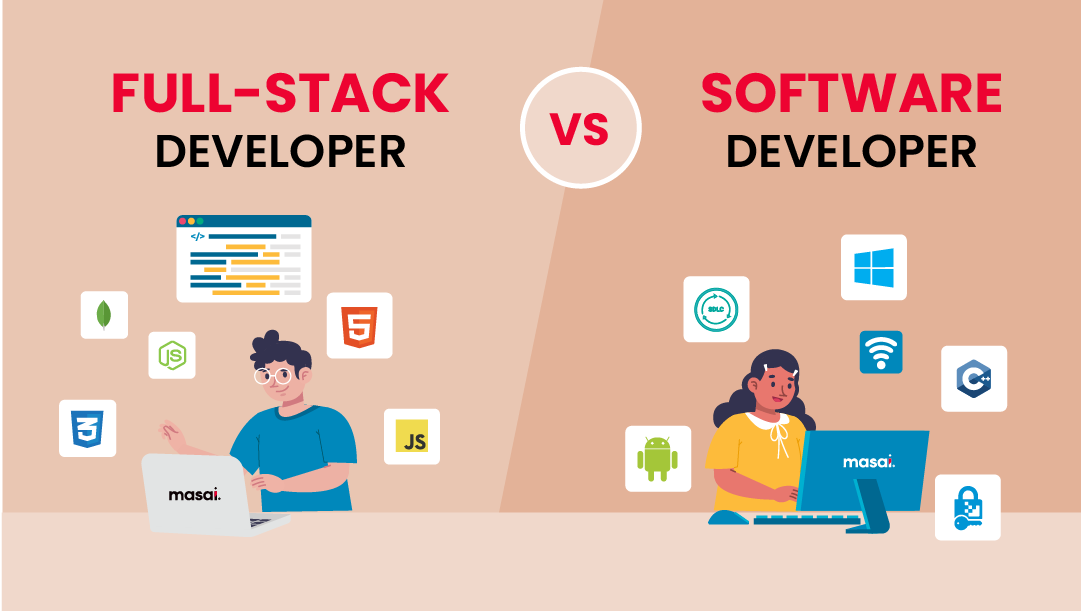Offshore Software Development: Cost-Effective Solutions for Growing Companies
Offshore Software Development: Cost-Effective Solutions for Growing Companies
Blog Article
Devoted Developers vs. In-House Teams: Which Is Right for You?
The choice between utilizing devoted programmers and maintaining an in-house group is a considerable one that can influence the trajectory of your tasks and total business approach. Dedicated designers supply a degree of versatility and specific experience that can be advantageous for particular, short-term campaigns. Alternatively, internal groups add to a cohesive business society and a nuanced understanding of long-lasting goals. By analyzing critical factors such as budget, job extent, and wanted control, you can better determine which strategy straightens with your organizational requirements. Nonetheless, the effects of this option extend past prompt outcomes-- think about the broader influence on your service landscape.
Understanding Devoted Developers
The growing demand for specialized skills in the tech industry has caused the appearance of devoted designers as a feasible option for many companies. These specialists are typically contracted on a project basis, permitting business to utilize specific know-how without the long-term dedication connected with permanent hires. Committed programmers are usually embedded within a customer's team, offering adaptability and scalability to fulfill task requirements.
This model enables organizations to access an international talent swimming pool, which is especially beneficial in a rapidly evolving technical landscape. Committed designers can be sourced from various geographical places, ensuring that companies can discover the ideal capability at competitive rates. They usually bring a wide range of experience and understanding, having functioned on varied projects throughout various markets.
In addition, dedicated developers can focus specifically on the tasks at hand, enhancing performance and efficiency. They are geared up to integrate effortlessly into existing workflows, collaborating carefully with in-house groups to attain task objectives. This strategy not just decreases the worry of employment and training yet additionally enables organizations to remain nimble, adjusting promptly to altering market demands and technical developments.
Advantages of In-House Teams

Moreover, in-house teams often tend to have a much deeper understanding of the business's mission, worths, and objectives. This positioning can improve employee interaction and inspiration, as staff member really feel more connected to their work and the company's success. In addition, having a dedicated internal group enables much better alignment of purposes and approaches, as these participants are continually concentrated on the firm's top priorities.
In-house teams additionally assist in quicker decision-making procedures, as they can react much more quickly to changes and obstacles. The recognized relationships and familiarity with business methods enable streamlined workflows and minimized miscommunication. Eventually, the combination of a cohesive culture, positioning with organizational goals, and efficient communication makes internal teams a beneficial property for several organizations, specifically those wanting to cultivate long-term development and advancement.
Expense Factors To Consider
When reviewing price factors to consider, both dedicated programmers and internal teams present distinctive monetary ramifications for companies. Involving dedicated developers typically entails a pay-per-project or per hour rate version, which can be cost-efficient for services with rising and fall task needs. This method permits for adaptability in scaling sources up or down, ensuring that companies only pay for the solutions they need.
In contrast, in-house teams involve taken care of prices, including salaries, benefits, and overhead expenditures such as workplace area and tools. While this model uses better control and prompt accessibility of sources, it may cause higher long-lasting expenses, especially if the workload does not justify a permanent personnel.
Additionally, business need to think about the surprise costs connected with recruitment and training of internal workers, which can better strain budgets. In some cases, the moment and sources invested on taking care of an internal team can take away from the company's core business objectives.

Job Administration and Adaptability
Task monitoring and investigate this site adaptability are vital variables that influence the selection between in-house groups and devoted designers. Devoted teams squarespace online store commonly have actually established processes for managing projects successfully, leveraging specific methods like Agile or Scrum, which promote repetitive progression and flexibility.

Inevitably, the choice in between dedicated programmers and in-house teams depends upon the preferred degree of versatility and the specific job administration requirements. Firms have to evaluate their operational characteristics, project complexity, and resource accessibility to establish which option lines up ideal with their critical objectives.
Making the Right Selection
Choosing the appropriate advancement method-- internal teams or committed programmers-- needs a mindful assessment of various factors that align with a company's strategic objectives. Conversely, internal teams can offer better connection and combination with existing workers.
Next, assess your budget. Committed designers frequently present an affordable solution for short-term projects, while in-house groups might sustain greater lasting expenditures due to salaries, benefits, and expenses prices. Evaluate the degree of control and collaboration wanted; internal groups typically foster stronger interaction and placement with firm culture.
Furthermore, take into consideration the time frame. If instant outcomes are necessary, dedicated developers can be onboarded swiftly, whereas developing an internal team takes some time for recruitment and training. Lastly, weigh the long-lasting vision of your company. the original source If constant advancement is crucial, purchasing an internal group may generate far better returns with time. Inevitably, the choice rests on a detailed analysis of these variables, making certain positioning with your company's overall objectives and operational needs.
Final Thought
In conclusion, the choice in between in-house groups and devoted designers pivots on task demands and business objectives. Alternatively, in-house groups cultivate a cohesive culture and deeper alignment with long-lasting goals.
The decision between making use of specialized designers and maintaining an internal team is a significant one that can influence the trajectory of your projects and general company technique.Task administration and adaptability are vital aspects that affect the selection between internal groups and committed designers. software development staff augmentation.In comparison, in-house teams might succeed in maintaining a regular job management framework due to their experience with the organization's society and lasting objectives. Committed designers usually offer a cost-effective solution for temporary projects, while in-house groups may sustain greater long-term expenses due to incomes, advantages, and overhead costs.In conclusion, the decision between in-house teams and dedicated programmers pivots on job requirements and business objectives
Report this page